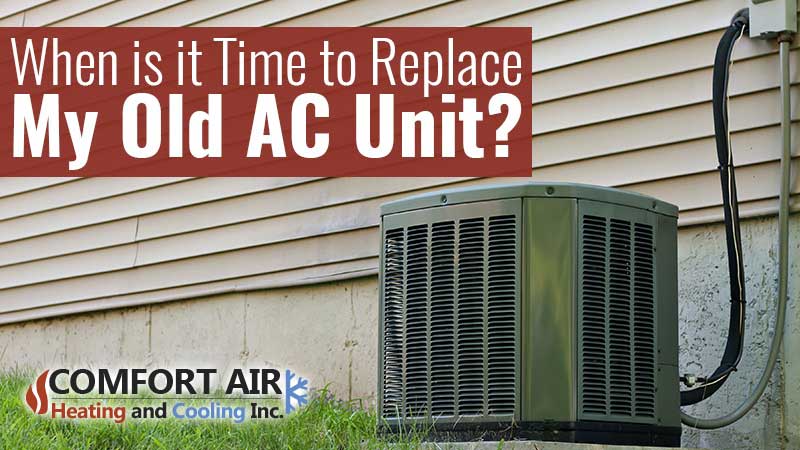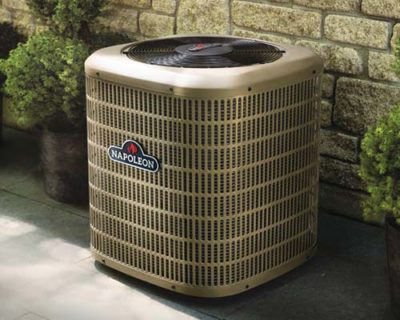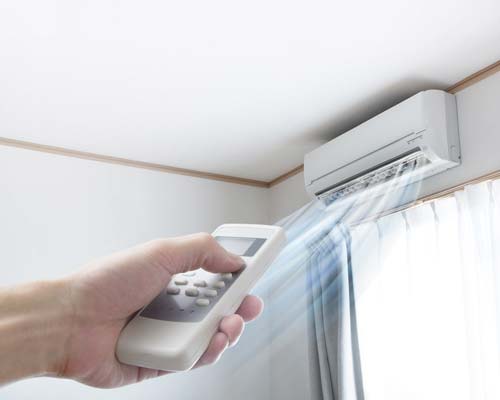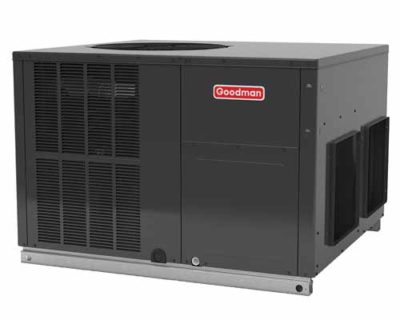But how do you know whether that time has come? Comfort Air Ontario is here to help! We’ve put together a list of seven signs that will help you decide if it really is time to replace your air conditioning unit.

-
1. You’ve had it more than 10 years
You can usually expect an air conditioning unit to last approximately ten years. Even with regular maintenance, the units degradation will eventually make it cheaper in the long run to replace the unit especially when you factor in the modern technology and increased efficiency that comes with a modern air conditioning unit.
-
2. Buildup of moisture
Air conditioning units should be able to handle a certain amount of moisture that comes with these systems. However, excessive moisture or pooling can be a sign of a refrigerant leak and excessively worn parts.
This leaking moisture can damage floors and moulding and also creates a perfect breeding ground for mould which then gets circulated around the home. Do not ignore a leaking AC unit!
-
3. Your AC Model Runs On R-22 Refrigerant (Freon)
Freon was used widely in air conditioning units for many decades but is now being phased out do to environmental concerns caused by it’s chlorine content. It is being replaced by a new refrigerant (R410A).
Unfortunately, this new refrigerant is not compatible with older systems that use Freon and, due to the phasing out of freon, the costs for recharging using freon are growing at an incredible rate.
If you’re having issues with your older AC unit then this may be a good time to upgrade to a new, non-chlorine based system that will be friendlier to the environment and far more efficient than your previous unit.
-
4. Your AC System Is Noisy
Is your system grinding, rattling, humming, or generally sounding like it is about to cost you yet another expensive round of repairs?
This is likely a symptom of excessively worn parts or a sign of a system that has been improperly sized for your home. This can cause the unit to work overtime to cool to the required level.
This is a good time to get a quote on a modern AC unit with reliable, new parts that has also been selected appropriately for the size of your home. -
5. Frequent Need For Repairs
Once your air conditioner unit is out of warranty, you will be paying for any repairs yourself. Eventually this will be a regular occurrence and at some point it just isn’t worth it to keep an aging, inefficient unit running while continuing to pump your hard earned money into it.
At this point it is often best to get yourself some peace of mind with a new, efficient AC unit and the comforting new warranty that comes with it.
-
6. Hard Time Keeping Your Home Cool
A worn out, inefficient AC unit will struggle to cool as well as it used to and will keep incurring maintenance costs until it is replaced with a newer, more efficient model that has been sized correctly for the area it is required to cool.
-
7. Your Air Conditioner Is Not Efficient.
Older AC units likely have a low SEER rating meaning it is costing you more than it should to operate. Newly manufactured AC units must have a SEER rating of 13 or more.
Combine this with the inefficiency of an already worn out system and you can see why it may be time to upgrade to a newer, more efficient high-SEER air conditioning unit.
519.568.8878
FREE QUOTE

 For the average home in Canada, you will be choosing between three differing types of air conditioning systems.
For the average home in Canada, you will be choosing between three differing types of air conditioning systems. 




